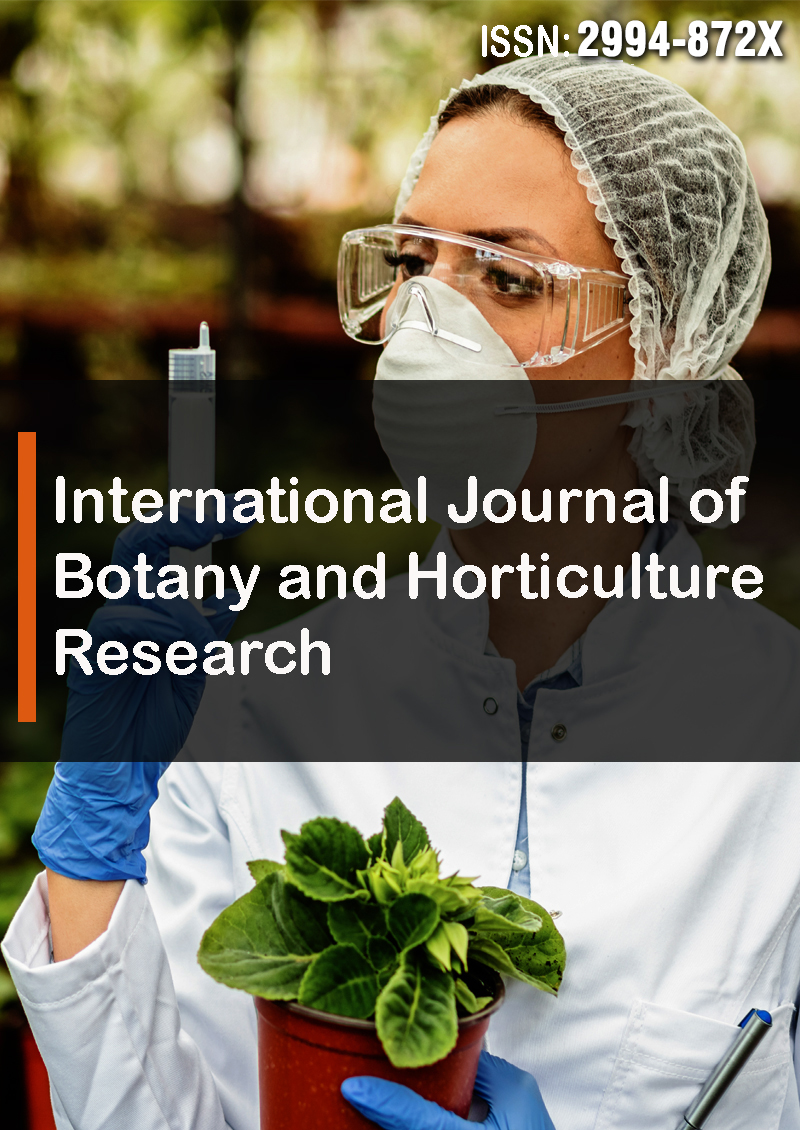Genetic Variability, Heritability, Genetic Advance, and Association of Characters in Small Pod Hot pepper (Capsicum annuum L.) Landraces in West Hararghe, Eastern Ethiopia
Abstract
Dereje Deresa, Sintayehu Girma and Gezahegn Assefa
Hot pepper is the dominant vegetable crop grown in different parts of Ethiopia with long history of cultivation and considerable genetic diversity for most important morphological traits. The study was undertaken to genetic variability and association among yield and yield related traits in the hot pepper. Analysis of variance revealed that there were a significant (P<0.05) differences in genetic variation among genotypes for all morphological and fruit characters. The genotypic coefficient of variation ranged from 16.4% to 63.3% and phenotypic coefficients of variation ranged from 17.3% to 86.8%. All traits except fruit diameter showed highest genotypic coefficient of variation and phenotypic coefficients of variation. This indicates the presence of slight environmental influence to some degree in the phenotypic expression of the characters and it implies that the existence of substantial variability for such characters and selection may be effective based on these characters. The broad sense heritability values ranged from 53.3% to 99.4% whereas genetic advance as percent of mean was estimated in the ranged from 31.7% to 93.0%. Accordingly, both broad sense heritability and genetic advance were high for plant height, fruit number per plant, fruit diameter, fruit length, fruit diameter, and marketable yield. Hot pepper yield had positive and significant genotypic and phenotypic correlations with fruit weight, fruit length, fruit number per plants, unmarketable and marketable yield. Plant height, fruit diameter, fruit weight, fruit length, marketable yield, and unmarketable yield had positive direct effect in hot pepper yields at both genotypic and phenotypic levels.



